Fuel removal, starting with Unit 2, was initially scheduled to begin in the second half of FY23. That has now been delayed to “around October 2024 at the latest.”
At a press conference at Fukushima Daiichi, also held on January 25, Chief Decommissioning Officer (CDO) ONO Akira of the Fukushima Daiichi Decontamination and Decommissioning Engineering Co. was asked about his responsibility for national expenditures due to the delay.
He answered that the removal challenge was “without precedent in the world and extremely difficult” and would “shape the entire decommissioning effort from now on.” The change in schedule, he said, resulted from the demands of operating in a very narrow, highly radioactive environment, and the need to ensure that the work could be conducted safely and with certainty.
At present, work is being carried out to remove sediment around the “X-6 penetration,” one of the through holes—to better understand the characteristics of the fuel debris—in preparation for investigating the inside of the containment vessel and experimental removal of debris.
From now on, TEPCO will employ a telescoping device (i.e., an instrument extending like a simple telescope) of proven performance for that experimental removal, as it can be used even if sediment is not removed completely. Because of those changes, an examination by the Nuclear Regulation Authority (NRA) will be required.
Until now, TEPCO had planned to use an arm-type access device to remove the fuel at Unit 2. Since the device—jointly developed by the International Research Institute for Nuclear Decommissioning (IRID) and UK’s Veolia Nuclear Solutions (VNS)—was delivered to Japan in the summer of 2021, training in its operation has been carried out using a mock-up facility at the Naraha Center for Remote Control Technology Development (NARREC) of the Japan Atomic Energy Agency (JAEA) in Naraha Town, Fukushima Prefecture.
Investigations and experimental removal of debris using the arm-type device will be applied to future investigations and removal, after tests and further development to improve accuracy.



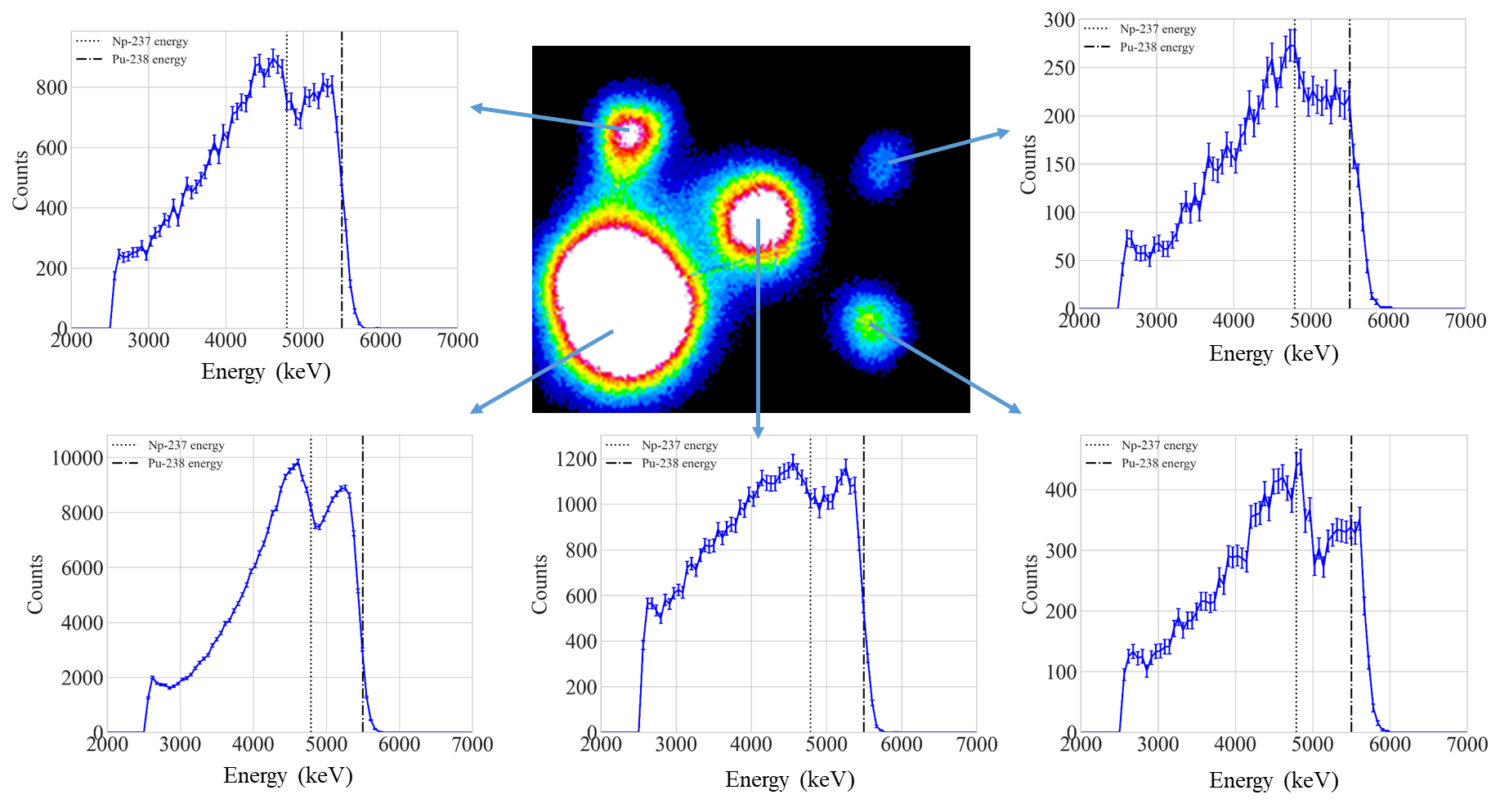
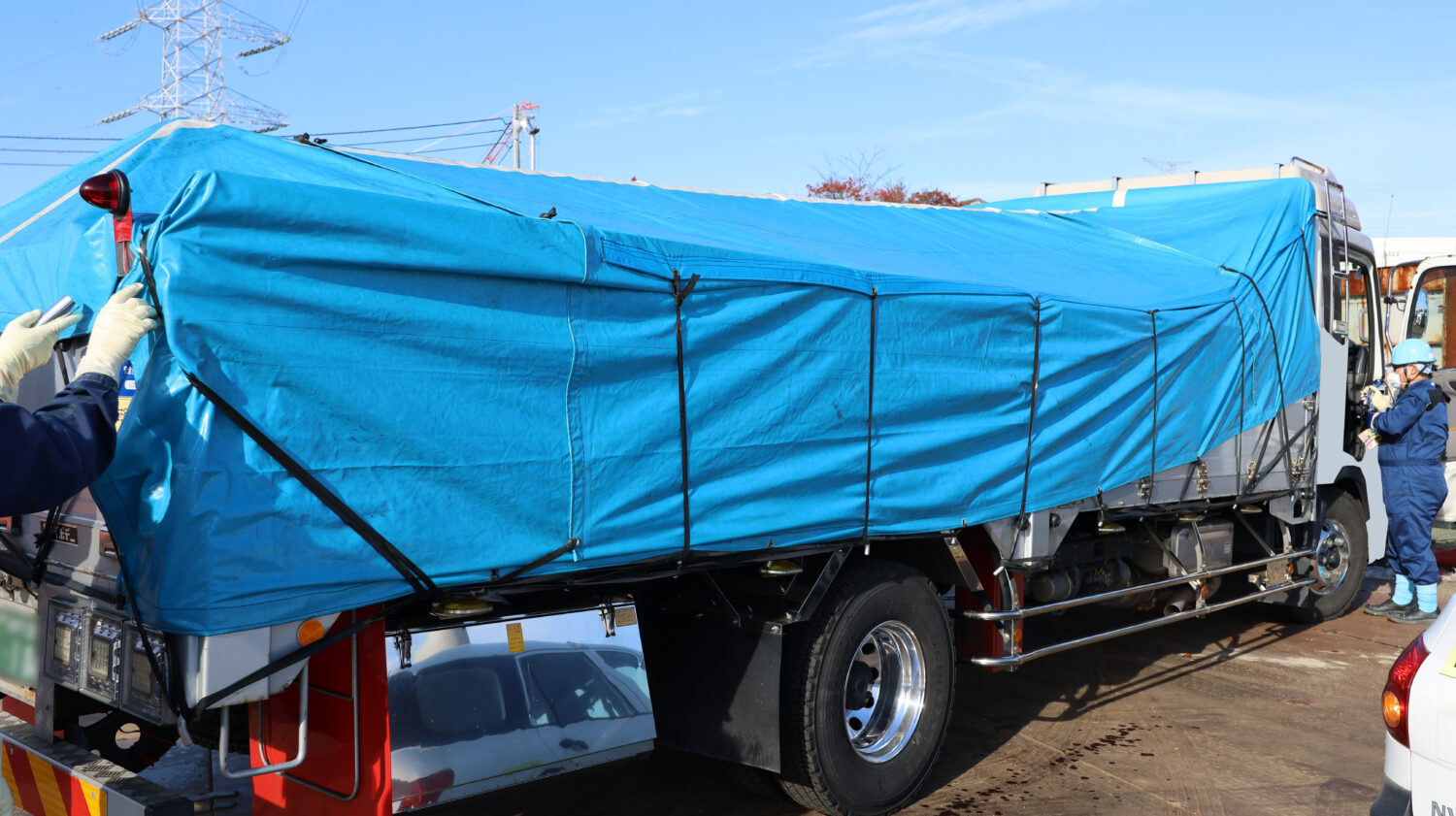
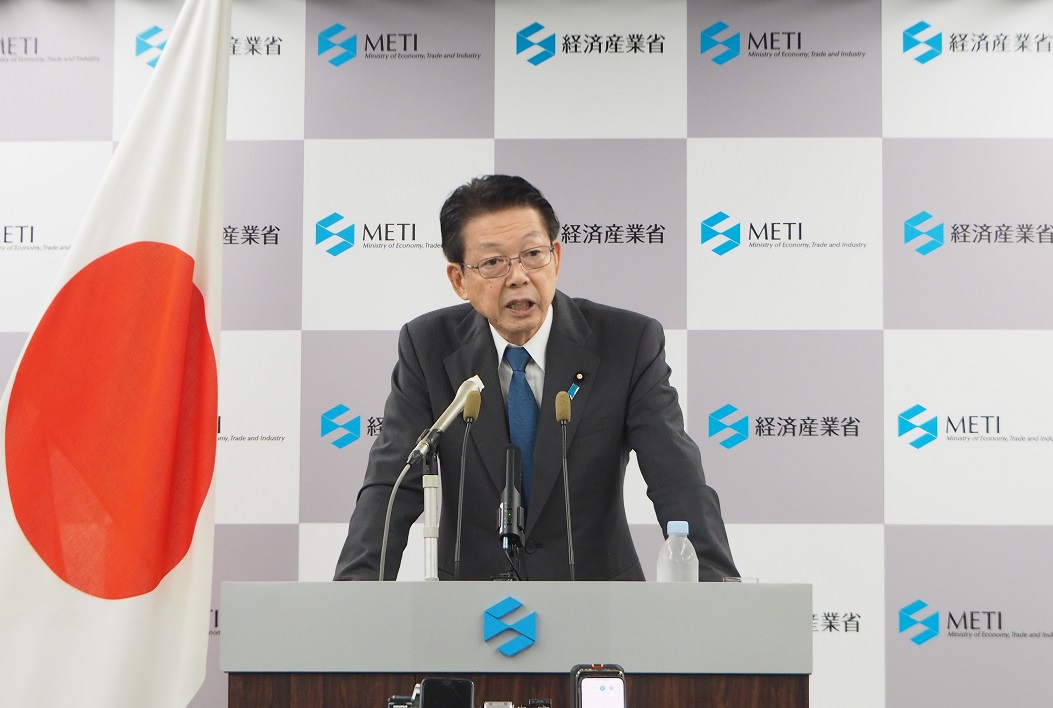
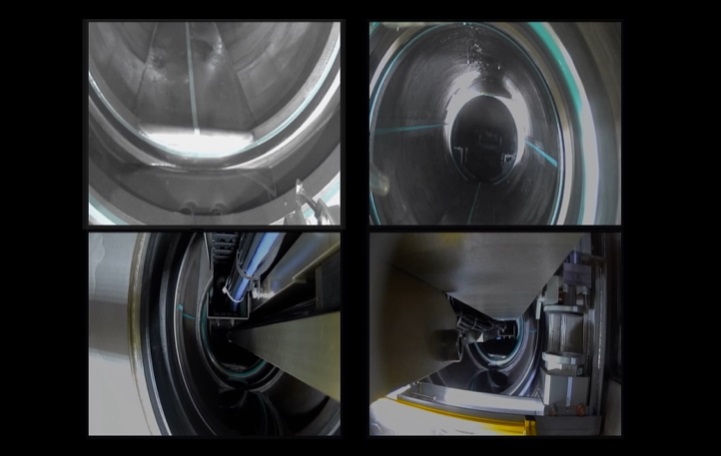
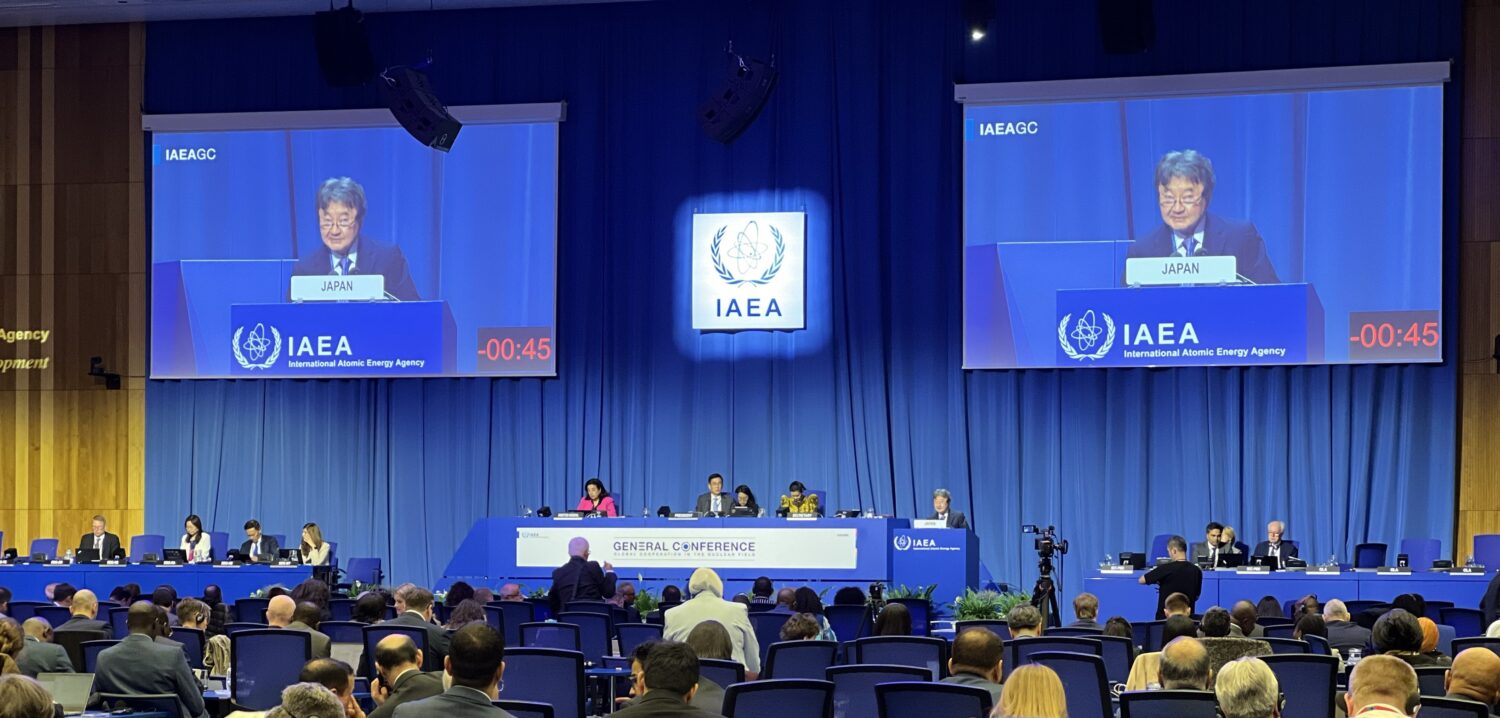
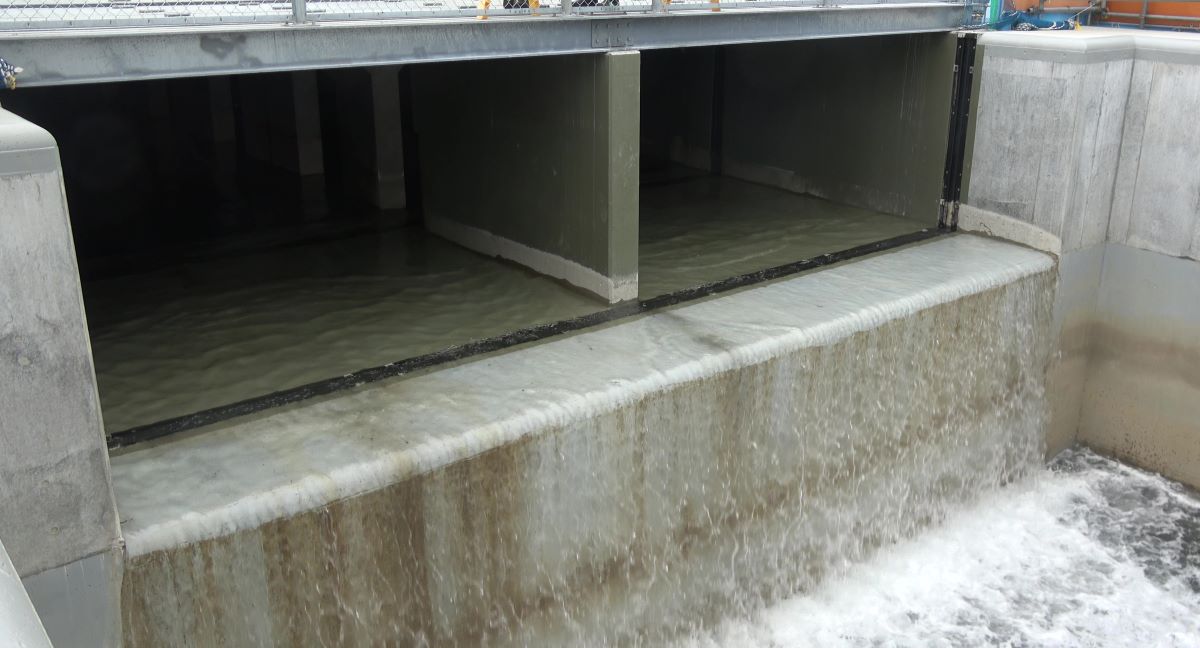
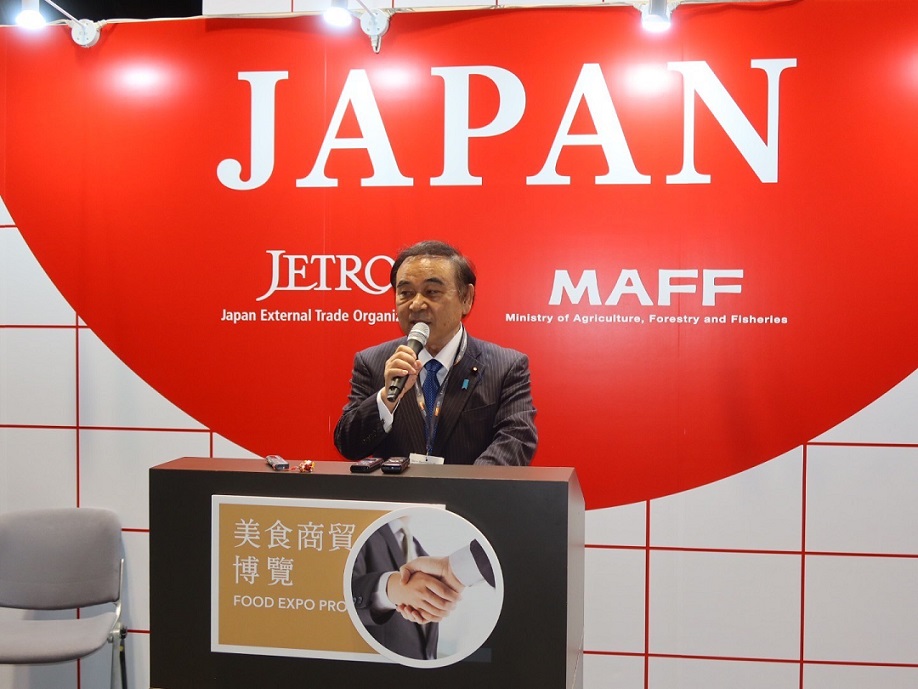
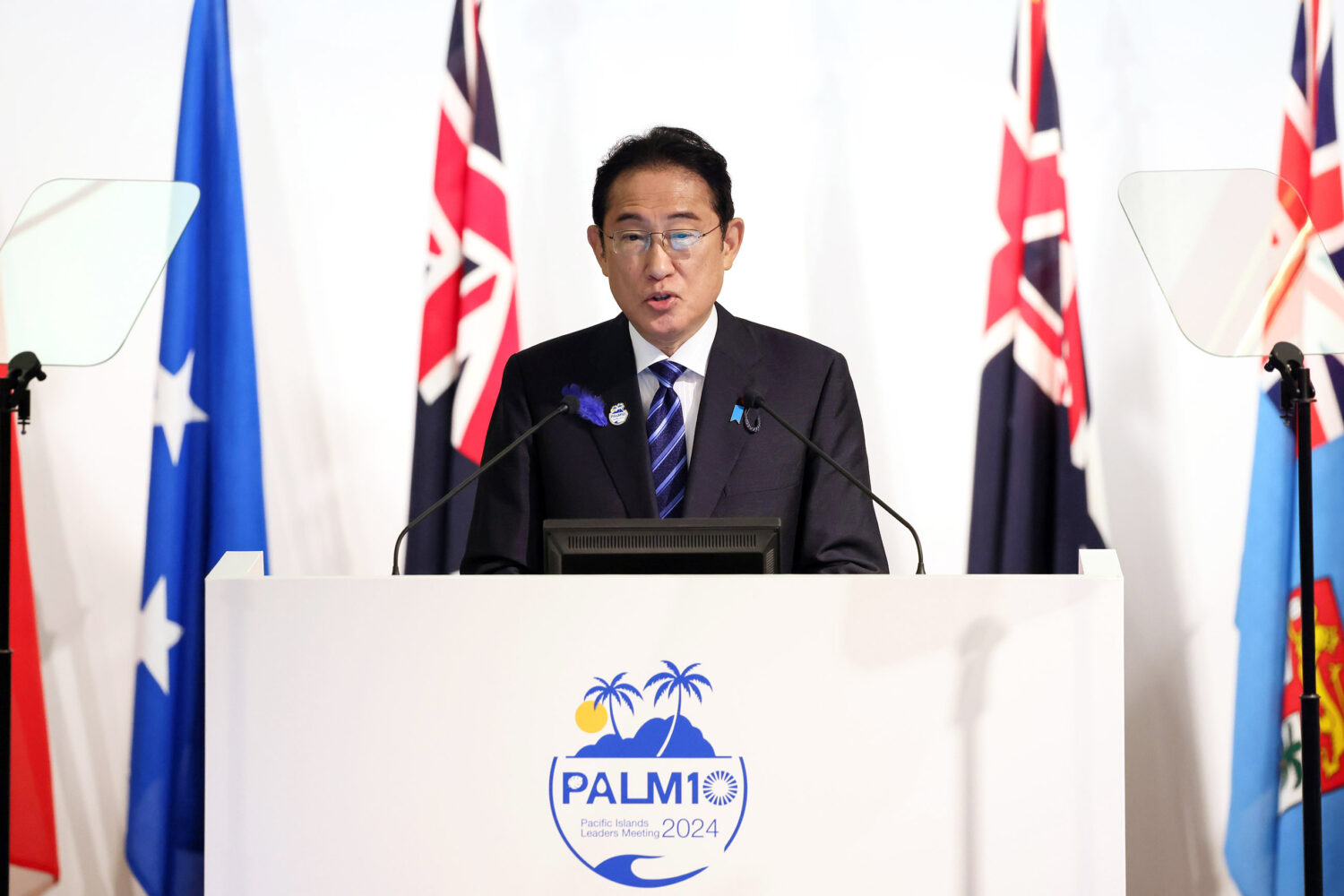

-1.png)

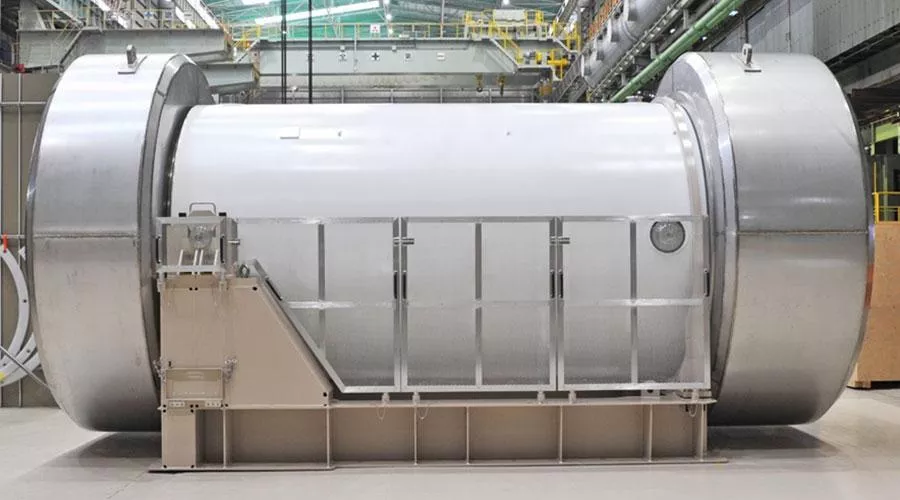
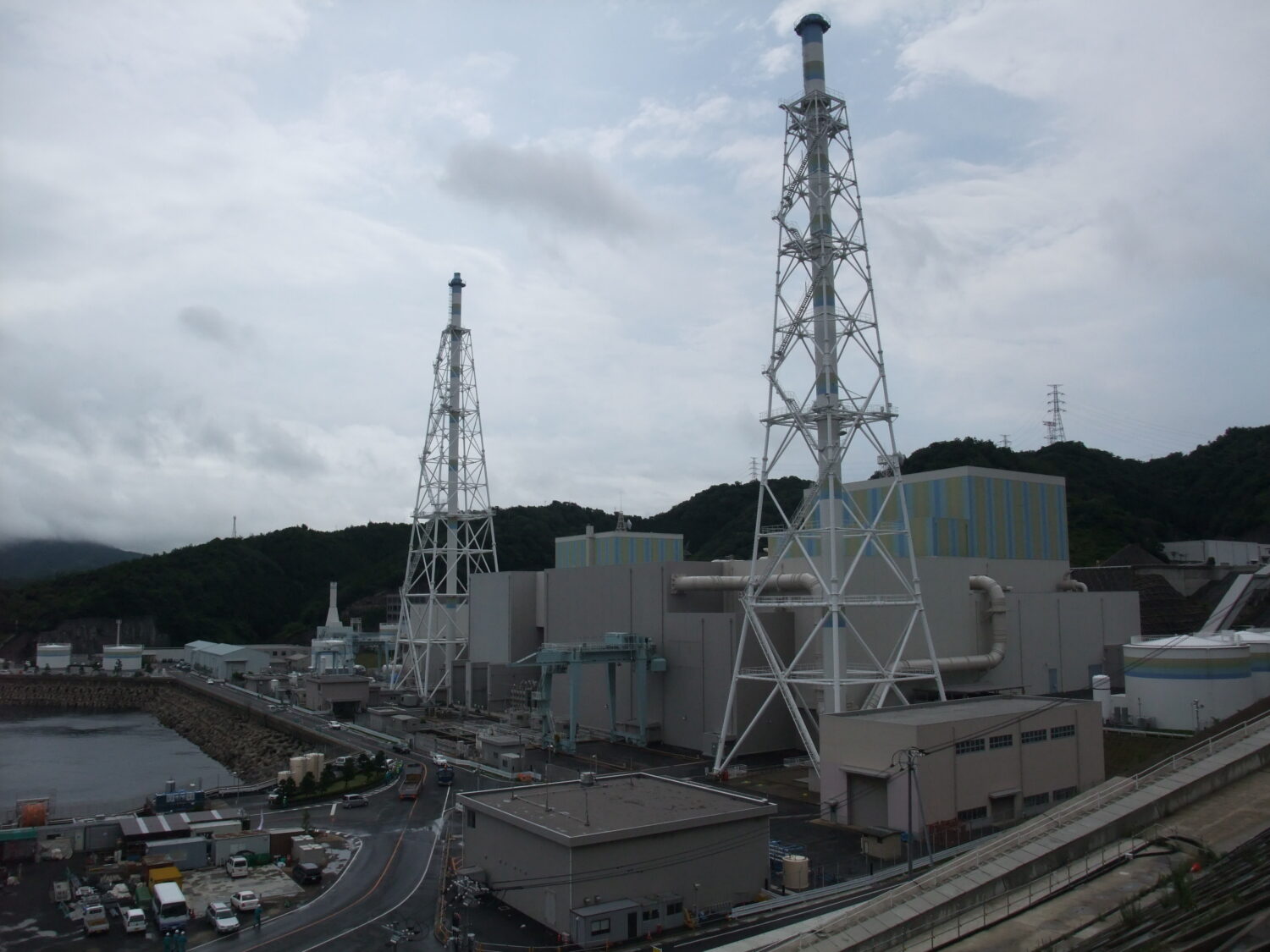
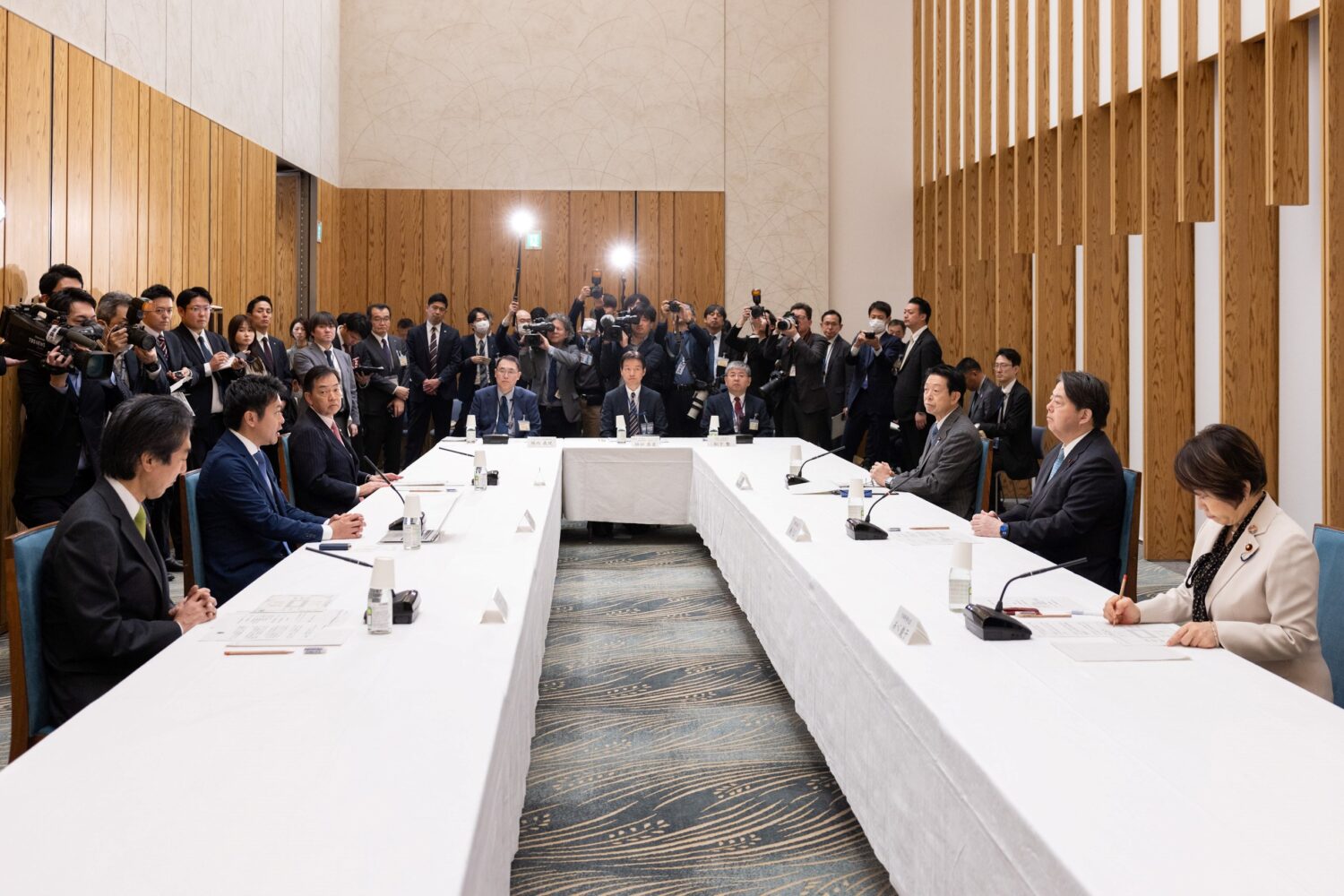
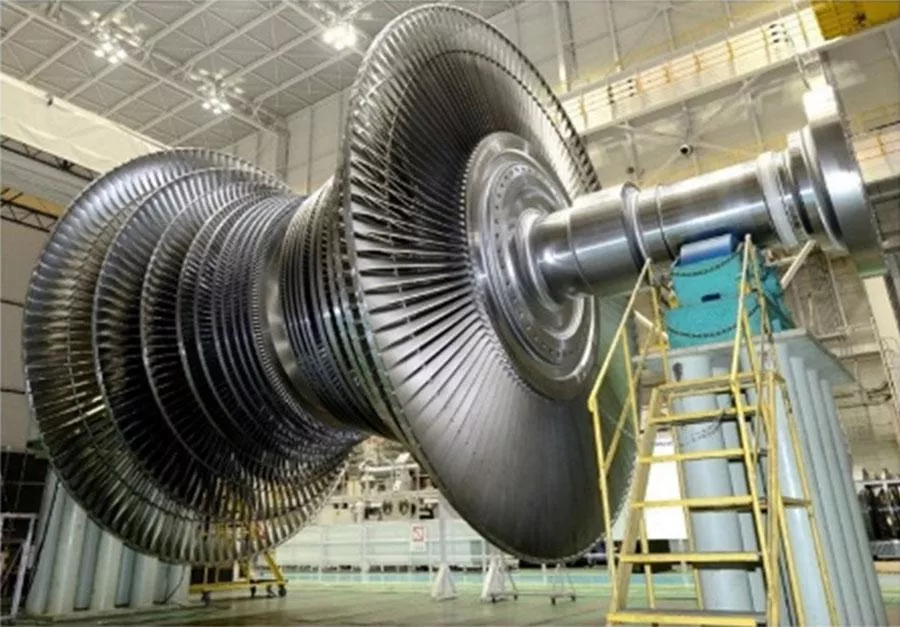

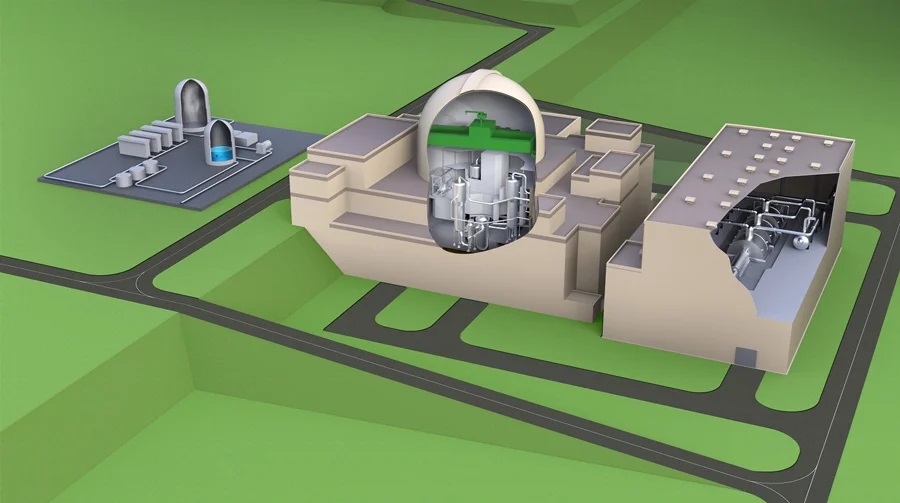
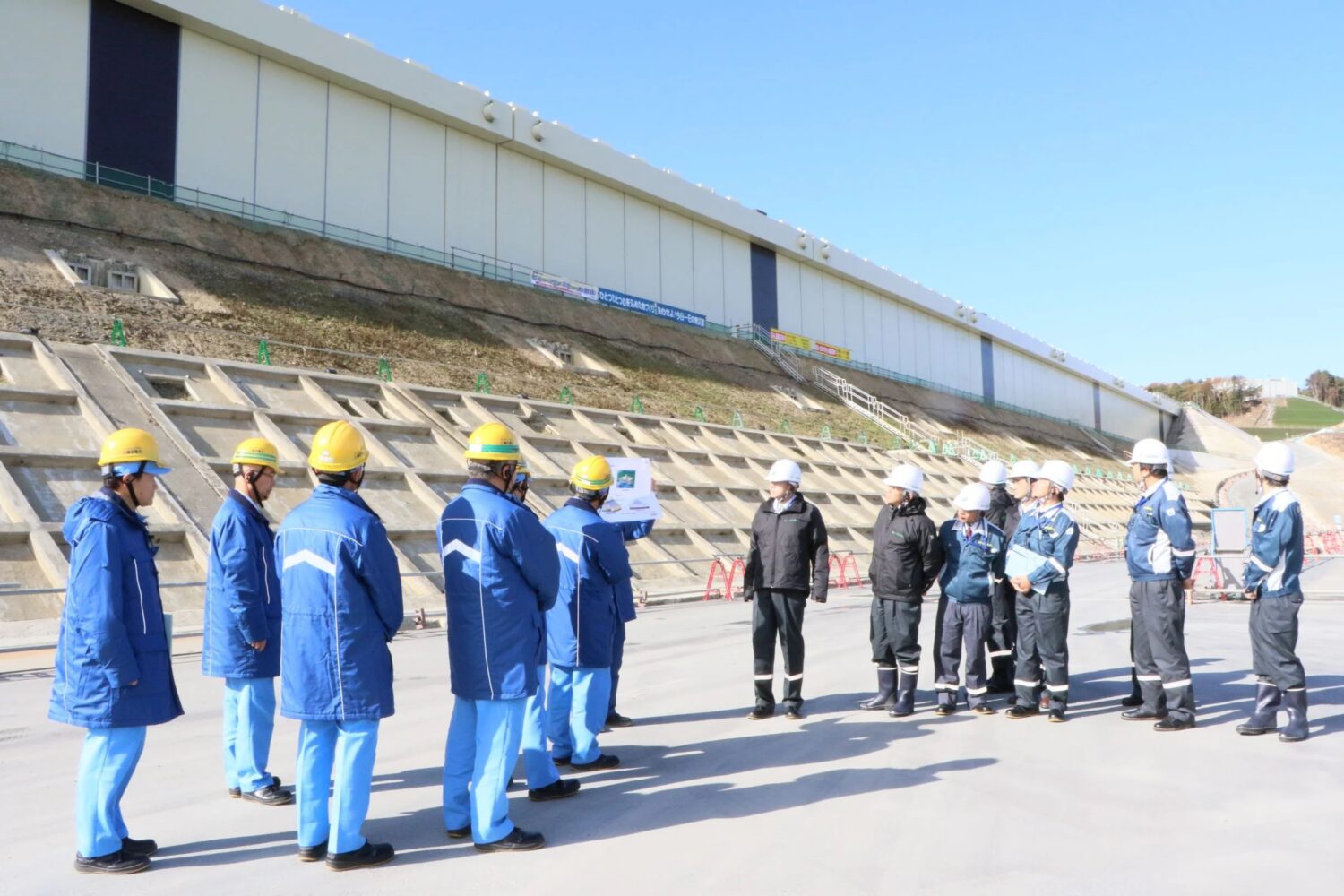
.jpg)
